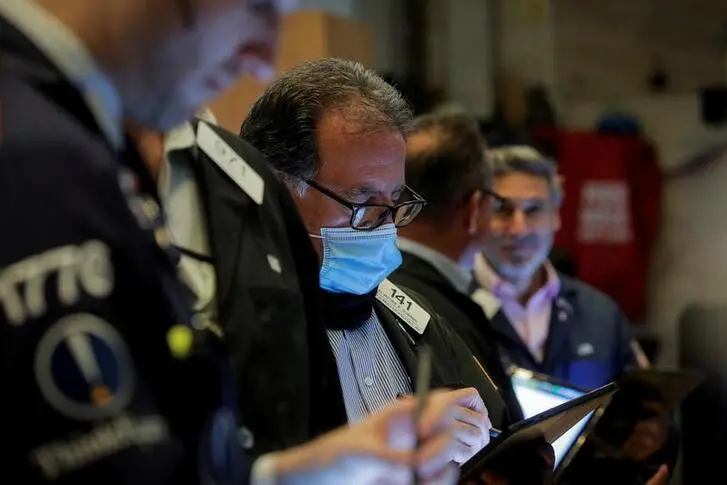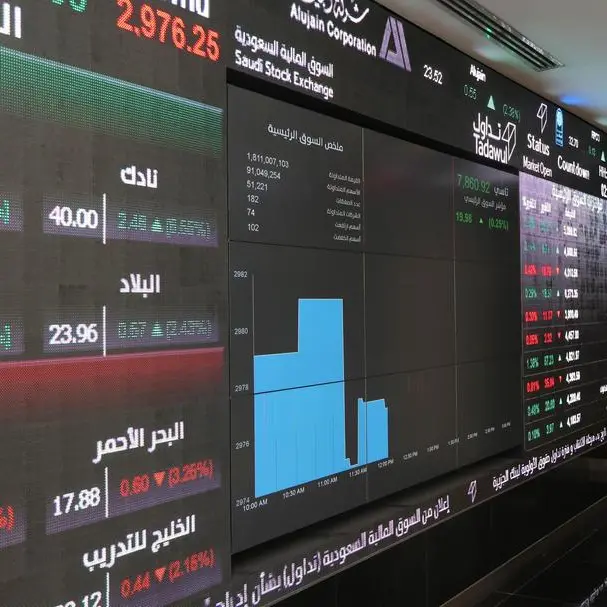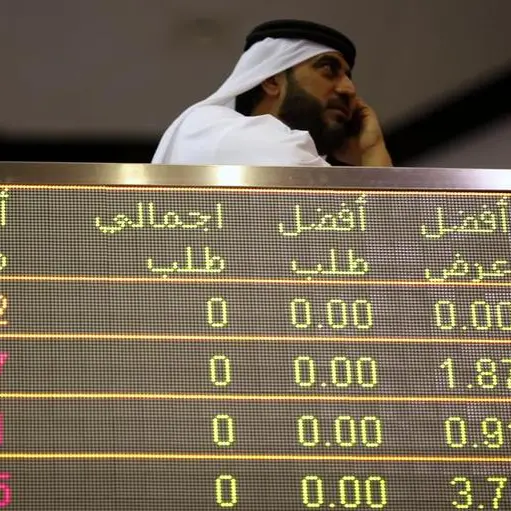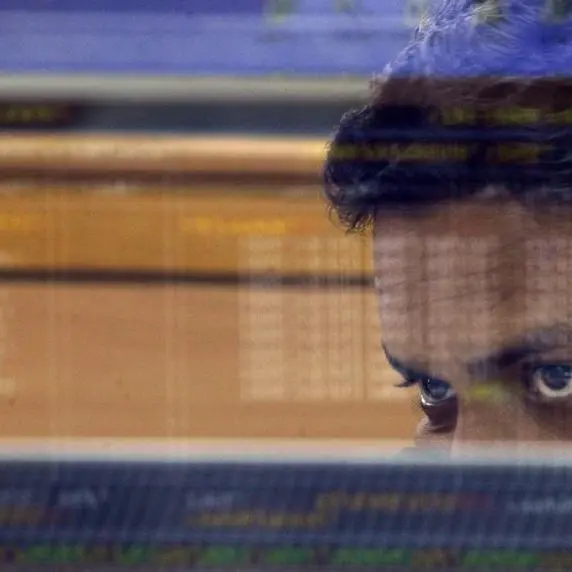PHOTO
LONDON - Wall Street futures moved higher and bond yields slipped on Friday, though moves were modest as an underwhelming U.S. monthly jobs print did not shake conviction that the Federal Reserve would proceed with a faster stimulus unwind
Nonfarm payrolls increased by 210,000 jobs last month, the Labor Department said, well below the 550,000 jobs economists polled by Reuters had forecast. The miss is significant because it comes even before the discovery of the new Omicron variant of the coronavirus which may further cloud the growth outlook.
The disappointment was tempered by a further drop in unemployment to 4.2%, the lowest since February 2020, and an increase in average wages. Some analysts did not see the data as sufficient to veer the Fed off its course.
"We are trading not only the payroll number this morning...we are still trading (Fed Chair Jerome) Powell's confident expression that tapering is a good idea...and we're working on the premise that they’ve come to some pretty firm conclusions regardless of fourth quarter data," said Jim Vogel, interest rate strategist at FHN Financial in Memphis.
By 1355 GMT, S&P 500 futures were up 0.3%, while Nasdaq e-minis rose by a similar amount and futures for the Dow Jones index firmed by 0.2%
Treasury markets saw 10-year yields drop to a session low around 1.407%, but they held off 2-1/2-month lows hit earlier this week. Two- and five-year yields, which are more responsive to monetary policy changes, did not react -- the former was up 2 basis points on the day.
The dollar index which slipped to as low as 95.94, soon recouped those losses, rising to 96.2.
A pan-European equity index extended gains after the payrolls data to stand 0.4% higher on the day but the region's bank stocks slipped. The possibility of more COVID-linked activity curbs also kept European investors on edge.
The data caps a turbulent week for markets and volatility was expected to remain high as investors assess the implications of the new Omicron coronavirus variant and what that means for growth, inflation and ultimately central bank policy.
An Asian ex-Japan equity index fell earlier, led by the Hong Kong tech benchmark which slumped following news that Chinese ride-hailing giant Didi will move its stock market listing from New York to Hong Kong.
European shares are set to end the week a touch higher after slumping 4.5% last week in the biggest weekly decline since Oct 2020. The S&P 500 so far looks on track for a second straight week in the red.
Omicron has gained a global foothold in recent days and many governments have tightened travel rules to keep the variant out.
"At the end of the day, we need to wait for the next 10 days to see what happens with the Omicron virus before making any move," said Francois Savary, CIO at Swiss wealth management firm Prime Partners.
PAYROLLS, DIDI
The U.S. payrolls data comes just days after Chair Jerome Powell suggested the Fed would accelerate the pace of unwinding its bond purchases. The bank meets on December 14-15.
"The market is pricing (in) some tightening in the United States but we believe the real economy is less sensitive to the pricing ... household balance sheets are rock-solid," said Raphaël Gallardo, an economist at Carmignac.
The gap between two-year and 10-year Treasury yields widened in a knee-jerk move just after the data release to 82.3 basis points, then snapped back in. The spread has narrowed more than 16 basis points (bps) this week, the sharpest curve flattening since June 2020.
Oil prices showed no reaction to the data and Brent crude futures were up 2.5% at $71.40 per barrel.
(Additional reporting by Tom Westbrook in Sydney; Editing by Alison Williams, Kirsten Donovan) ((sujata.rao@thomsonreuters.com ; +44 207 542 6176/020 7536 7473/44 7990567646))












